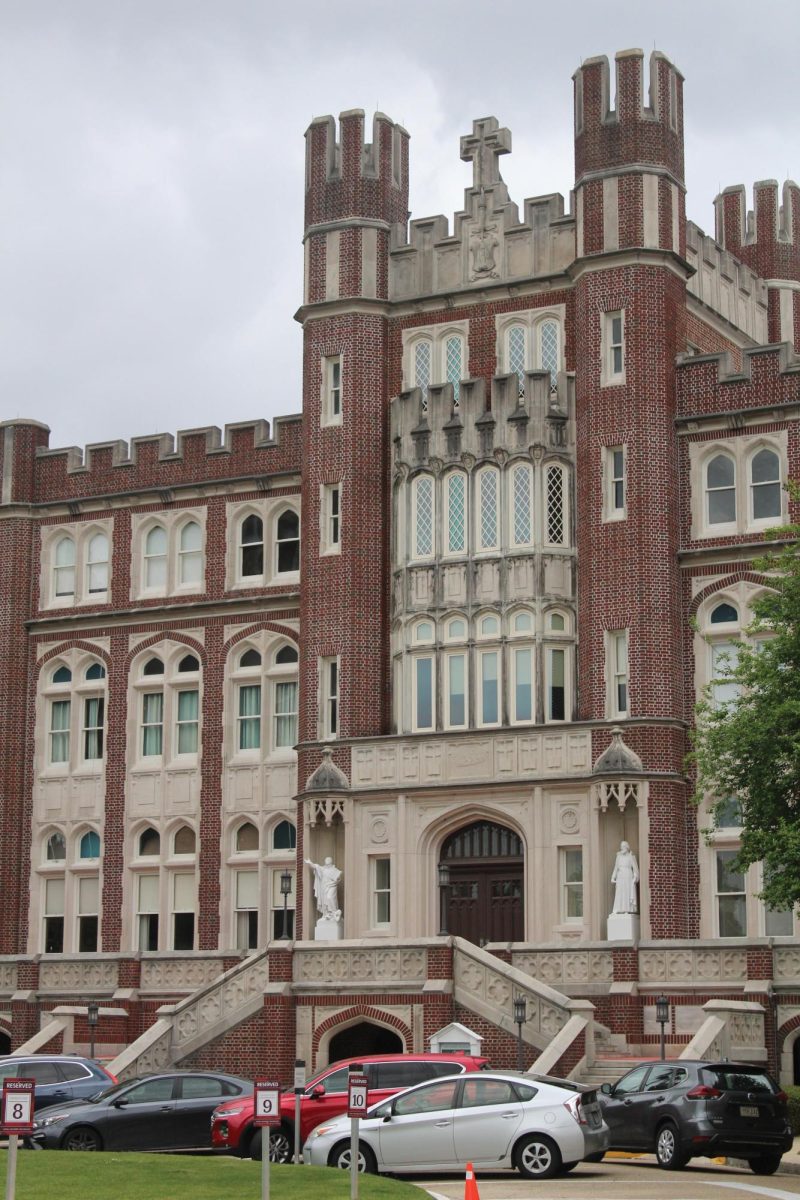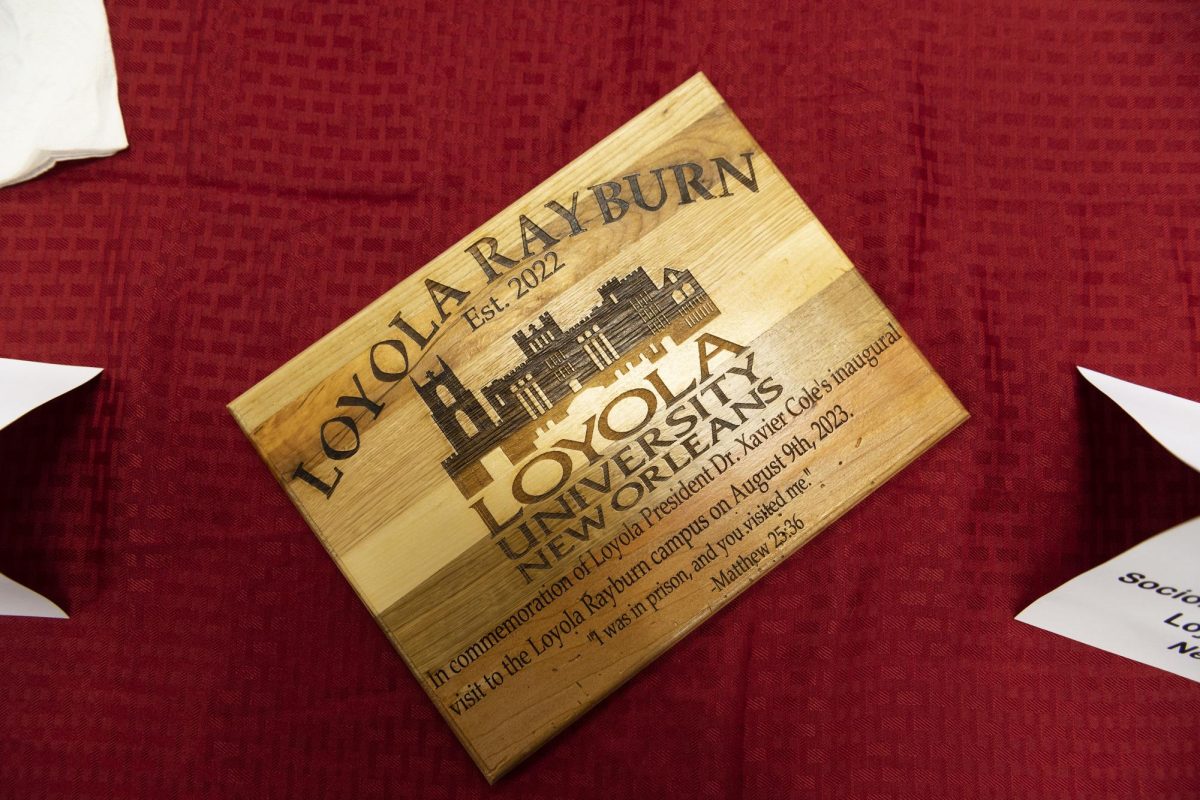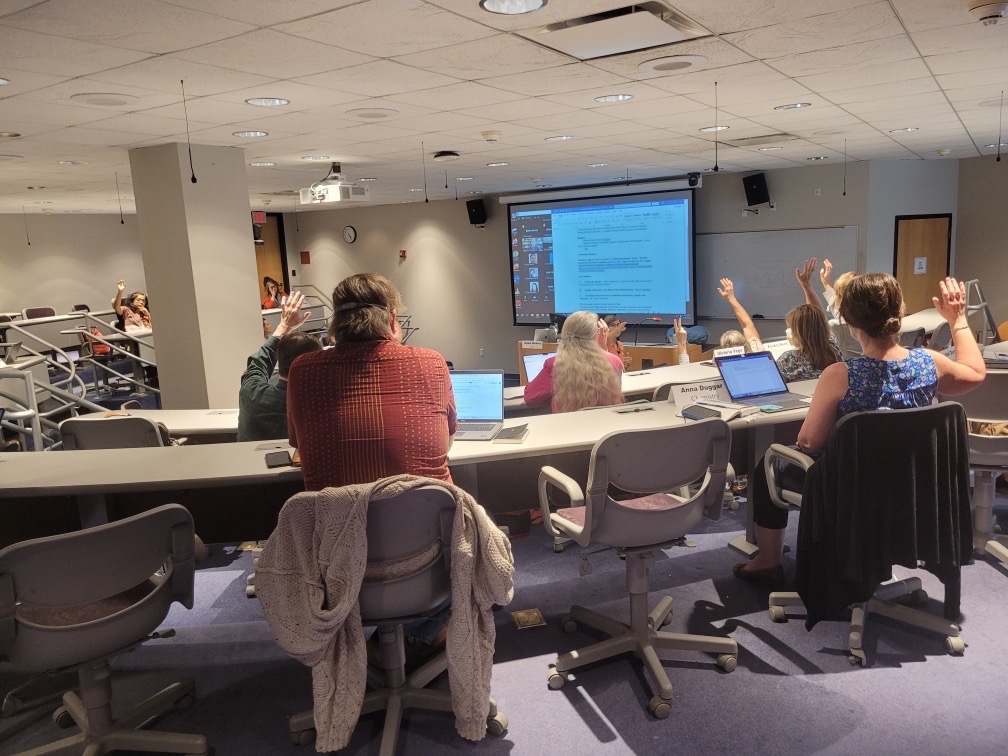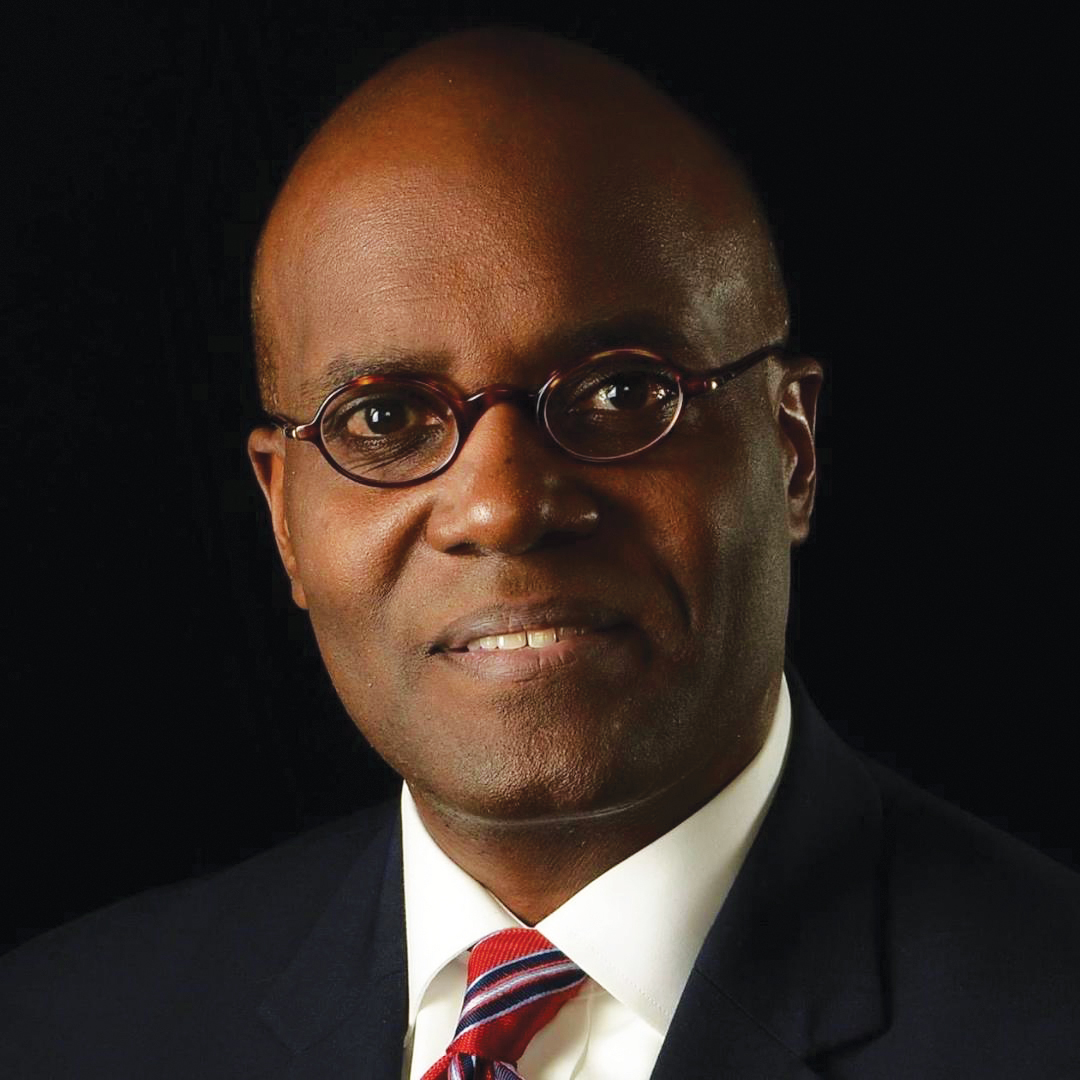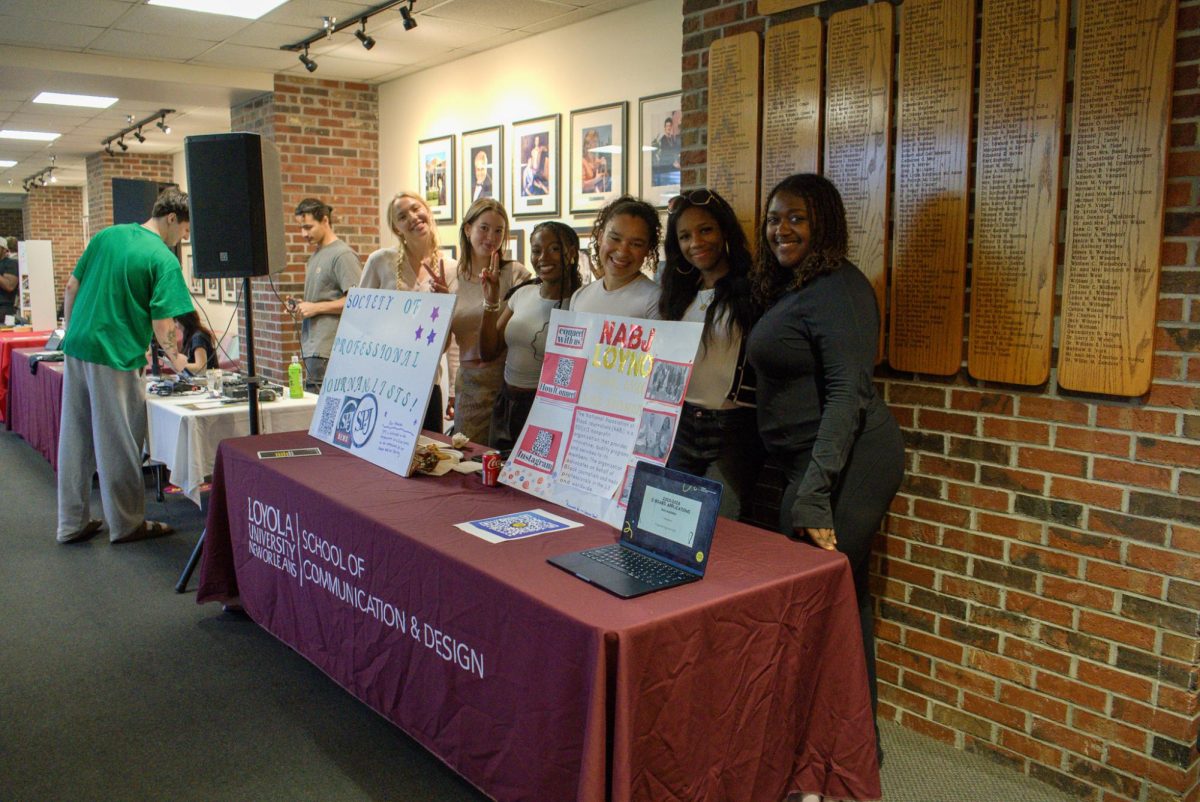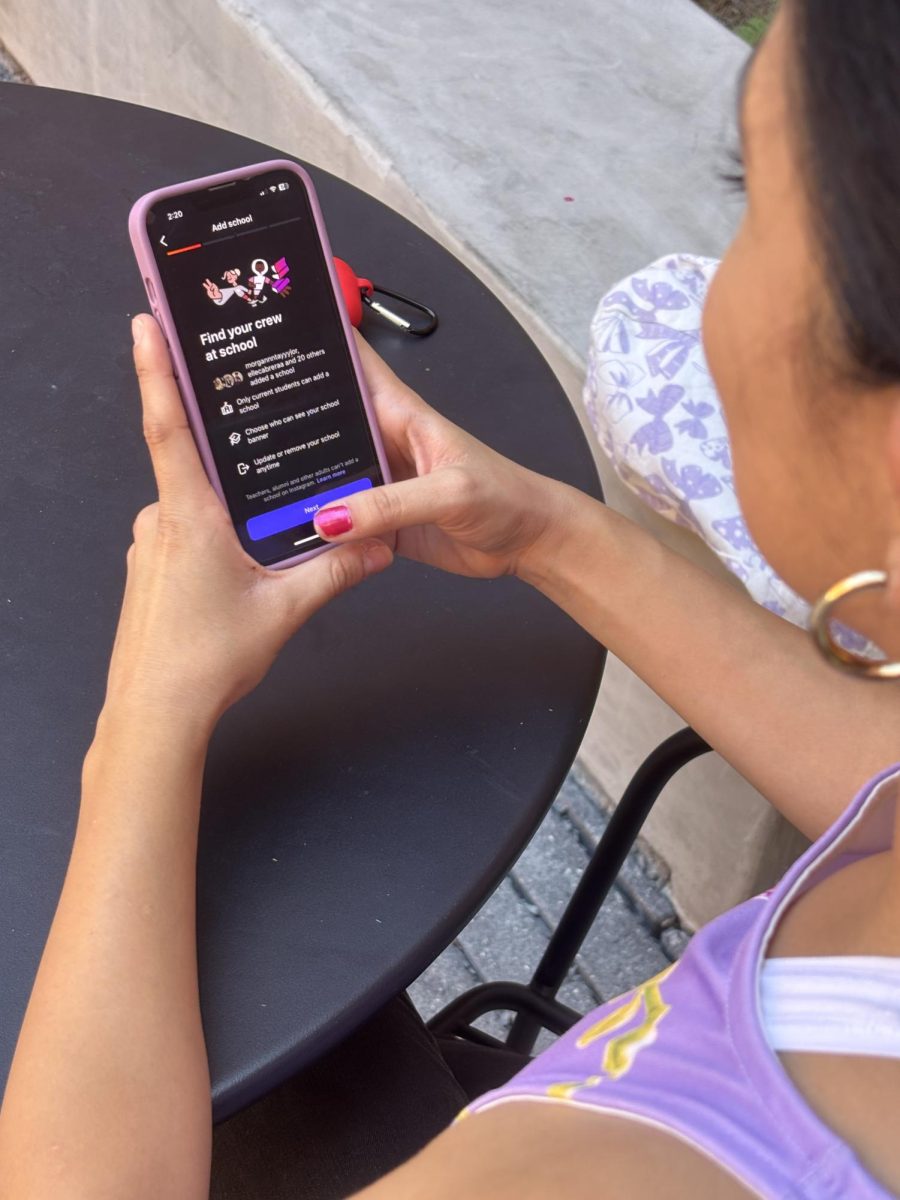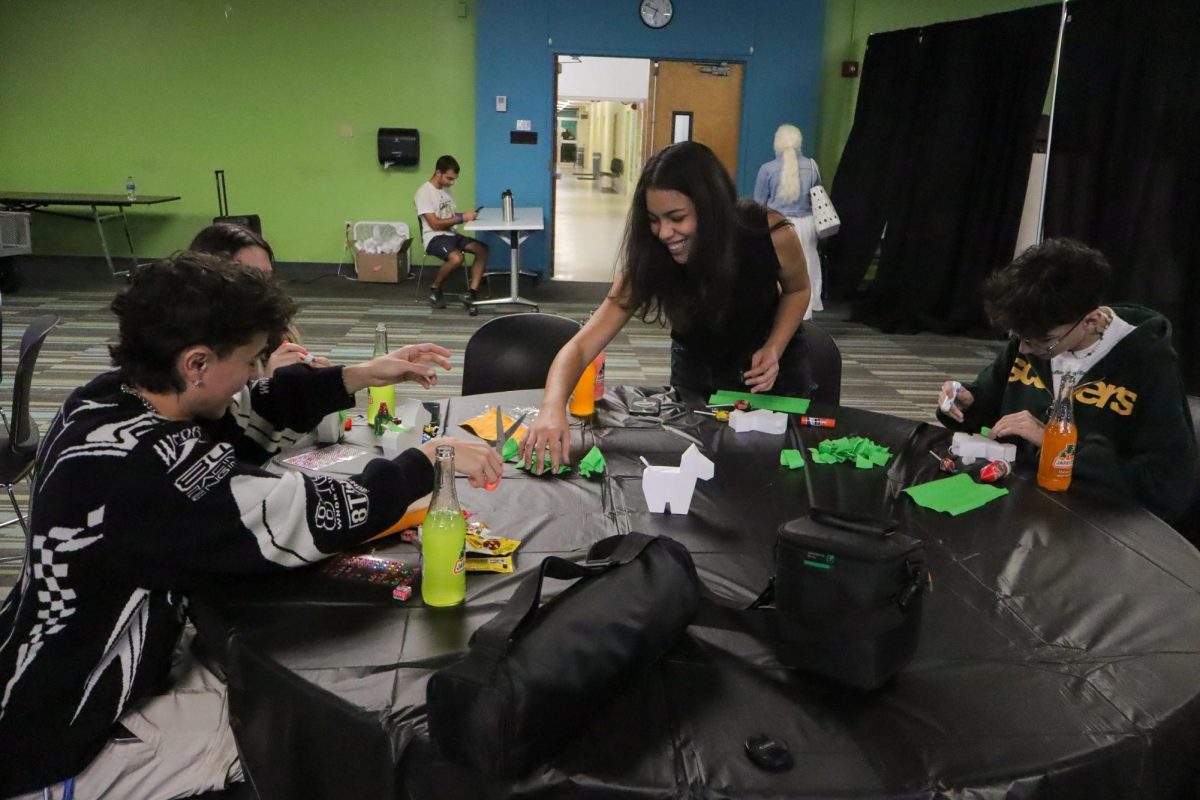Loyola University’s retention rate for this academic year is 5 percentage points higher than the university initially planned for.
Thomas Spence, vice provost for institutional effectiveness, assessment and student success, said Loyola’s annual census had planned for the retention rate at 80 percent this year.
Based on last year’s retention rate, which came in at 74 percent, the University Budget Committee planned for a 75 percent retention rate when making the budget for this academic year.
The retention rate cited is the figure for freshmen that continue on to their sophomore year. Roberta Kaskel, interim vice president of enrollment management said, the freshman-to-sophomore rate is the standard figure universities use to gauge retention.
“The theory has always been in the retention field that it is really that first year to sophomore year and that sophomore year that are so critical, especially in a liberal arts college where a lot of students may be solidifying their decisions about major,” Kaskel said.
Kaskel said that she feels that most of the students who make it through their sophomore years are “pretty committed to completing at the institution.” Kaskel said that students lost after that are normally for reasons outside of Loyola’s institutional value.
“The folks you do lose usually are for very complex, personal reasons that have more to do with family dynamics at a place like ours and other factors,” Kaskel said.
Though the university faces a $7.5 million budget deficit this year due to overall enrollment numbers being down, the higher retention rate has given the university some savings. Marc Manganaro, provost and vice president of academic affairs said, the 80 percent figure earns Loyola $640,000 in net revenue.
Manganaro said that the rate has not been consistent over the past 15 years, with figures ranging from 70 percent to 85 percent.
Spence said that in the last two years the retention rate decreased. The university was concerned about a downward trend before this year, Spence said.
“We were concerned it was a trend. Probably, two points does not make a trend, but we weren’t staying up there in the 80s like we’d like to, and we were able to turn it around this year,” Spence said.
Manganaro said that the university has been working hard over the past year on improving retention, especially with the Student Success Summit, which began last year. Manganaro said that the inconsistent trajectory of Loyola’s retention rate makes it difficult to point to the summit as the main factor in Loyola’s improved number.
“We actually are very pleased but we’re hopeful that as we continue to work on student success that that will have very positive effects,” Manganaro said.
Spence said that he feels it is too soon to use the retention rate to validate the university’s current policies on improving retention.
“I think it’s going to take a couple years of consistent performance to give us some confidence that what we’re doing is making a significant impact,” Spence said.
Karl Gommel can be contacted a [email protected]



